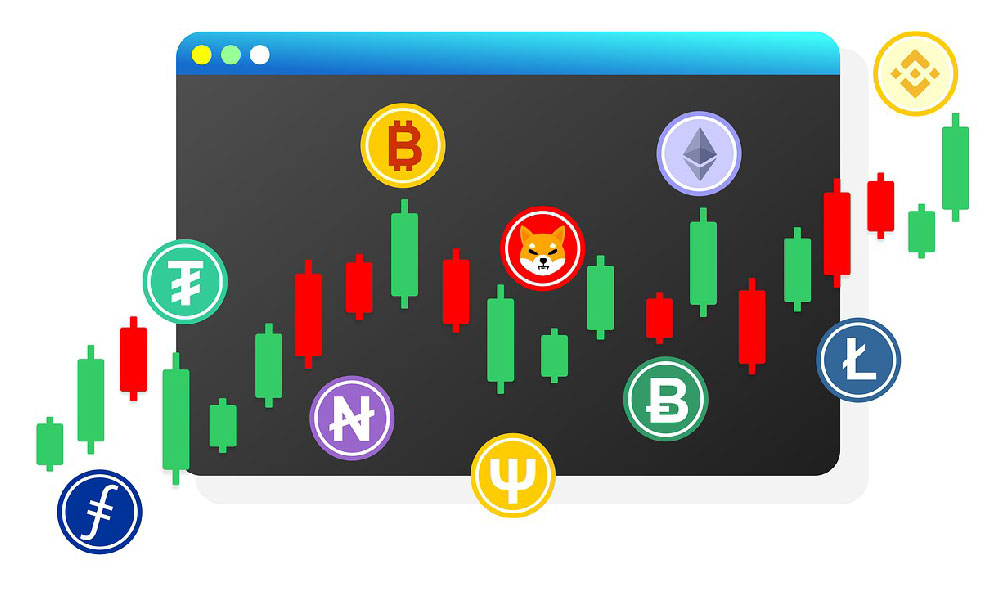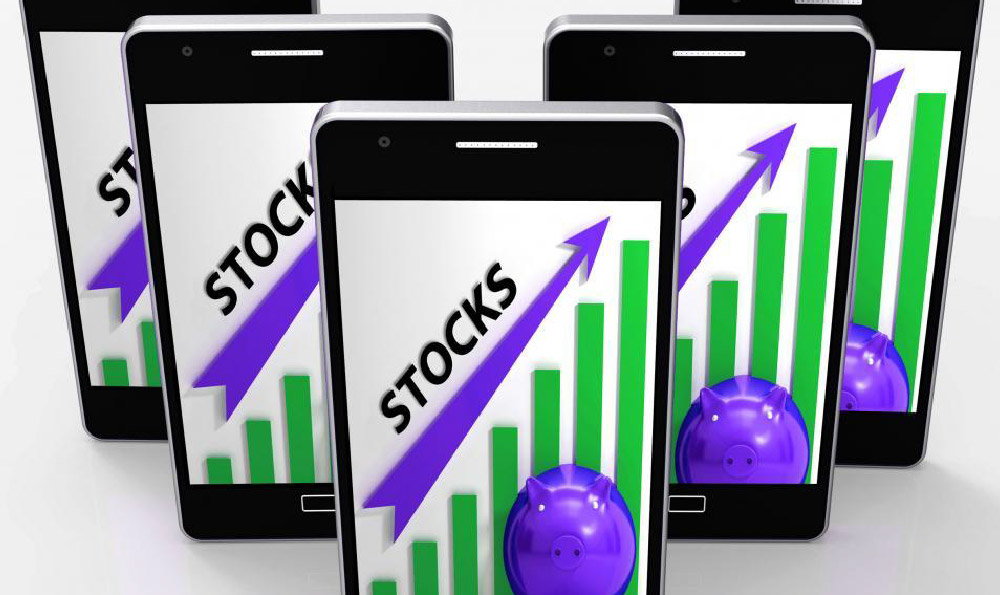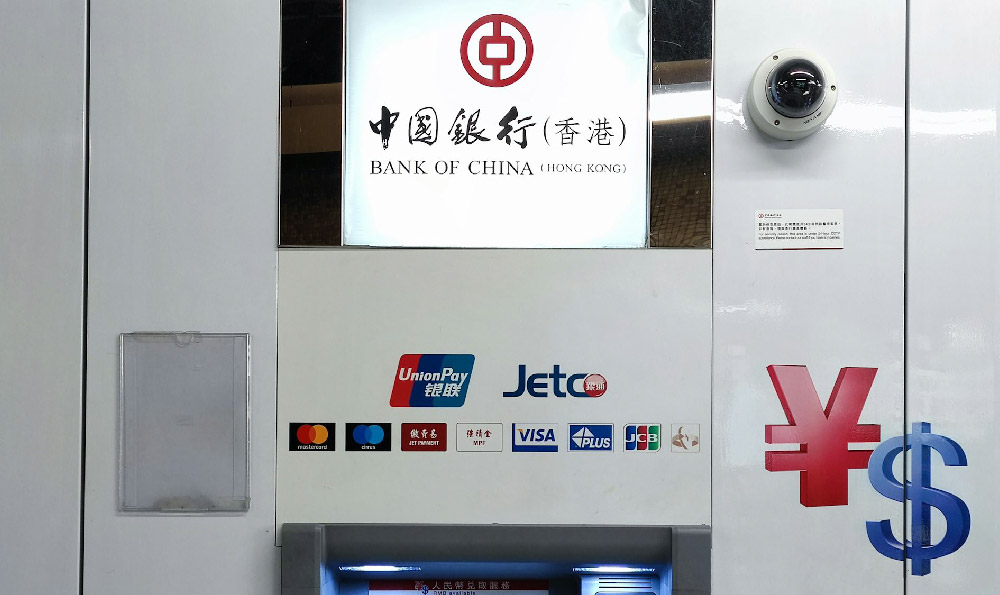Instagram, the visual giant owned by Meta (formerly Facebook), has evolved from a simple photo-sharing app to a powerful platform influencing culture, commerce, and communication. Understanding how Instagram generates revenue is crucial for anyone interested in digital marketing, social media strategy, or the overall economics of the internet. While the app itself is free to use, its financial engine is a complex machine fueled by advertising, commerce integrations, and data monetization. Here's a deep dive into Instagram's income streams and the strategies it employs to generate substantial revenue.
The Dominance of Advertising Revenue
The primary source of Instagram's income is undoubtedly advertising. Instagram leverages its massive user base and detailed user data to provide advertisers with highly targeted and effective advertising solutions. The platform offers a variety of ad formats, each designed to engage users and drive specific business outcomes.

- Photo Ads: These are visually appealing single-image ads that seamlessly blend into the user's feed. They can include a call-to-action button, directing users to a website, app, or landing page.
- Video Ads: Similar to photo ads, video ads use video content to capture attention and convey a message. These are particularly effective for showcasing products, telling stories, and building brand awareness.
- Carousel Ads: Carousel ads allow advertisers to showcase multiple images or videos in a single ad unit. Users can swipe through the carousel to see different products, features, or angles of a product. This format is ideal for demonstrating product functionality or telling a more complex story.
- Stories Ads: Stories ads are short, full-screen ads that appear between users' organic Stories content. These are highly engaging and often used for time-sensitive promotions, product launches, or quick brand messages. The ephemeral nature of Stories creates a sense of urgency and encourages immediate action.
- Explore Ads: Ads also appear in the Explore tab, targeting users who are actively discovering new content and accounts based on their interests. This is a great way to reach a broader audience and introduce your brand to potential new customers.
- Reels Ads: With the increasing popularity of short-form video content, Instagram has introduced Reels ads, which appear between Reels. These ads are highly engaging and often leverage trending sounds and creative video formats to capture user attention.
Instagram's advertising platform is powered by sophisticated targeting capabilities. Advertisers can target users based on demographics (age, gender, location), interests, behaviors, and even custom audiences based on their own customer data. This allows for highly personalized and effective ad campaigns that reach the right people with the right message at the right time. The auction-based advertising system also ensures that advertisers are paying a fair price for their ads, based on demand and performance.
Commerce Features: Facilitating Direct Sales
Beyond traditional advertising, Instagram has invested heavily in its commerce features, turning the platform into a shoppable marketplace. These features enable businesses to sell products directly to users within the app.
- Instagram Shopping: Instagram Shopping allows businesses to create a digital storefront directly on their Instagram profile. Users can browse products, view details, and make purchases without leaving the app. Product tags can be added to posts and stories, making it easy for users to identify and purchase items they see in the content.
- Checkout on Instagram: This feature allows users to complete their purchases directly within the Instagram app, streamlining the buying process and reducing friction. By keeping users within the platform, Instagram increases conversion rates and provides a more seamless shopping experience.
- Product Stickers in Stories: Product stickers allow businesses to tag products in their Stories, making it easy for users to learn more and purchase the tagged items. This is a great way to drive impulse purchases and highlight specific products in a visually appealing way.
- Live Shopping: Live Shopping allows businesses to host live streams where they can showcase products, interact with viewers, and answer questions in real-time. This is a highly engaging and interactive way to drive sales and build customer relationships.
Instagram charges businesses a fee for each transaction made through its commerce features, providing a direct revenue stream based on sales volume. This revenue model incentivizes Instagram to continue investing in its commerce platform and providing businesses with the tools they need to succeed.
Data Monetization: The Power of User Insights
While less direct than advertising or commerce fees, data monetization also plays a significant role in Instagram's revenue generation. Instagram collects vast amounts of data about its users, including their interests, behaviors, demographics, and social connections. This data is incredibly valuable to advertisers and marketers, who can use it to create highly targeted and personalized advertising campaigns.
While Instagram doesn't directly sell user data, it allows advertisers to leverage its data insights through its advertising platform. By providing advertisers with the ability to target specific user segments, Instagram can command higher ad prices and generate more revenue. The more detailed and accurate the user data, the more effective the advertising campaigns, and the more valuable the platform becomes to advertisers.
Subscription Services and Creator Tools (Future Potential)
Looking ahead, Instagram is exploring new revenue streams, including subscription services and creator tools. These initiatives aim to support creators and provide users with exclusive content and features.
- Subscriptions: Instagram is testing subscriptions that allow creators to offer exclusive content and benefits to their paying subscribers. This model provides creators with a recurring revenue stream and allows them to build closer relationships with their most loyal fans.
- Creator Marketplace: This platform aims to connect brands with creators for sponsored content opportunities. Instagram may take a cut of the deals facilitated through the marketplace, providing a new revenue stream.
- Badges: During Live streams, viewers can purchase badges to show their support for creators. Instagram shares a portion of the revenue generated from badge sales with the creators.
These potential revenue streams are still in their early stages, but they represent a significant opportunity for Instagram to diversify its income and further empower creators on the platform.
Conclusion: A Multifaceted Revenue Model
Instagram's revenue generation strategy is a multifaceted approach that relies on advertising, commerce integrations, data monetization, and emerging subscription and creator tools. The platform's massive user base, sophisticated targeting capabilities, and continuous innovation make it a powerful force in the digital advertising landscape. As Instagram continues to evolve and adapt to changing user behaviors, it is likely to explore new and innovative ways to generate revenue and maintain its position as a leading social media platform. Understanding these income streams is critical for businesses, marketers, and anyone interested in the economics of the digital world.












